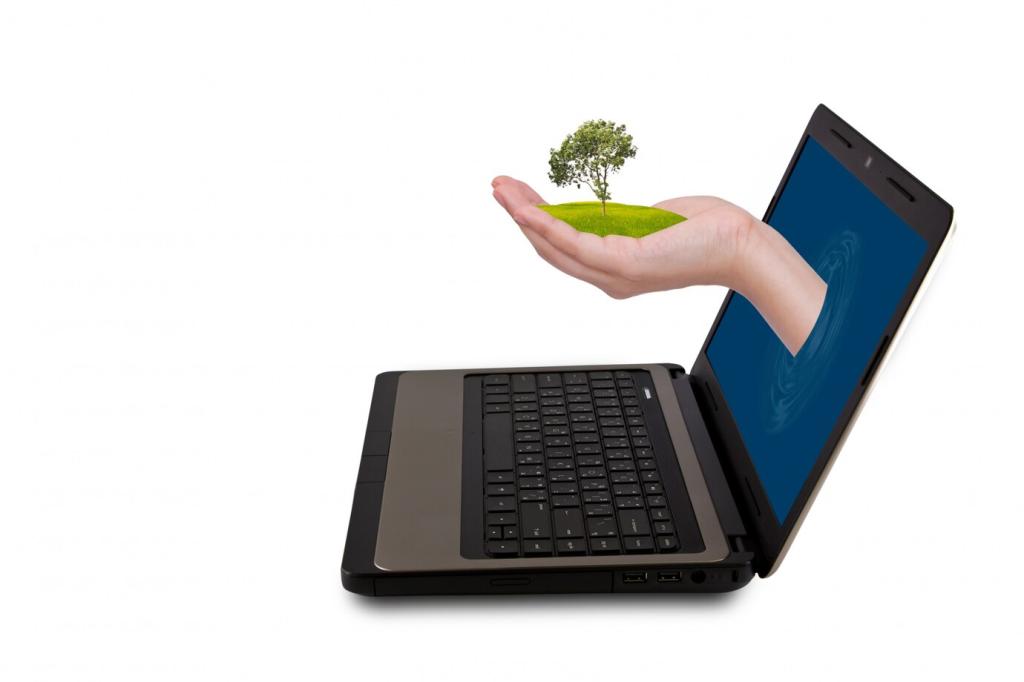Before/After and a Pocket Checklist
Before: “Eco-friendly bottle that saves the planet.” After: “Aluminum bottle you keep for years; one concentrate refill replaces twelve plastic bottles, with free pump repair if it ever fails.” Try your own rewrite, and paste it below for friendly critique.
Before/After and a Pocket Checklist
Include: precise materials and origin, certifications, impact math, care and end-of-life steps, honest trade-offs, maker detail, accessible structure, identity-based CTA, and community invitation. Save this checklist and tell us which item you will improve first this week.











